Rainwater Harvesting. How do I take advantage of the free water that falls from the sky?
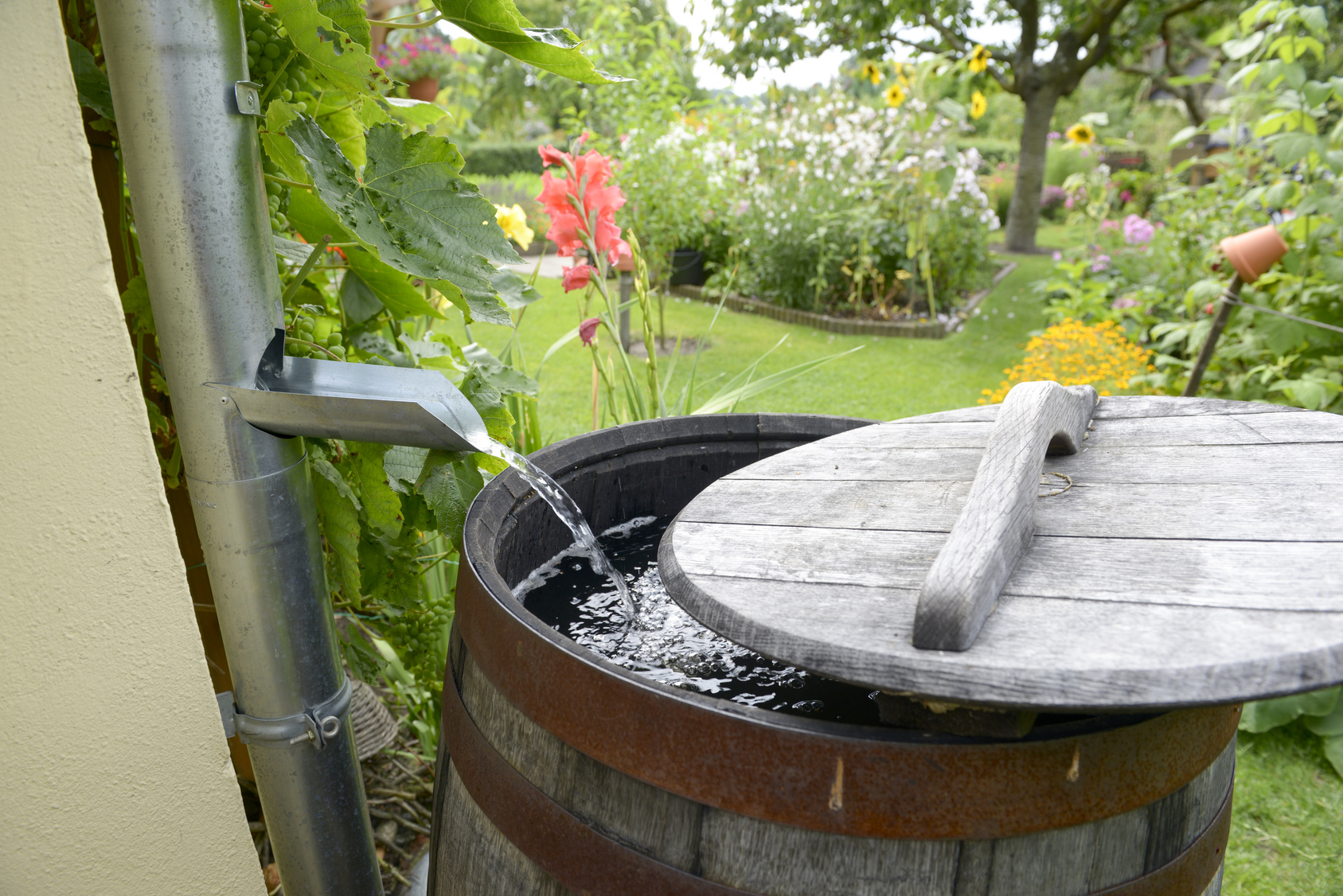
Each person in the UK consumes on average 150 litres of potable water a day, 50% of this for uses that do not require water of drinking quality. This means that water goes through a very energy intensive process of filtration, chemical treatment and pumping over long distances just to flush down the toilet or water the garden. This is a great waste of resources that can be minimized with the use of rainwater harvesting.
Rainwater harvesting is collecting water from the rain for later use in your home and garden. Collecting rainwater has many advantages; it not only saves you money on bills, but also reduces the chance that your home will run out of water when there is a drought or fault with the urban water distribution system. Additionally, it diminishes the risk of flooding and river pollution since part of the rain will be collected rather than discharged into the streets. Another benefit is that it will reduce the pressure on the supply system, as there will be less fresh water demand.

You can use rainwater for almost everything you can imagine: to irrigate your garden, to flush toilets, in the heating system of your home (can you believe at the moment you are probably using drinking water for this?!) and with proper filtering and treatment you can even use it for general domestic water use and drinking. In sum if you can manage to collect enough water for your household needs you will end up paying very little to no water bills.
There are several different ways you can collect rainwater. It can be collected from surface run-off on roads or patios, from roofs and even from fog and dew! However, the most common and practical way to do it in houses is collecting it from the roof.

Roof rainwater harvesting can be done by using typical roof drainage elements and can be stored in roof tanks or underground. In the first case, water will run down the roof into the guttering, pass through a filter, which removes any debris or leaves, be directed to an underground reservoir and then pumped up to a roof tank (this should be at least 1 meter above the supply point) from where it will be gravity fed to fixtures when needed. In the second case, after reaching the underground reservoir, water will be pumped directly to fixtures when required. Another option is using an external ground level tank or an in wall tank if rainwater will be used only for gardening and toilet flushing, in either case a pump is not needed and no extra energy will be needed to run the system.

How can you know if you will be able to collect enough rainwater for your needs and if the investment is worth it? Check this website to calculate your water needs and the rainwater supply within your area. On this other one you can easily calculate roof area and total size of reservoir needed to guarantee water availability during the dry season. After you have checked that installing a rainwater system is the right decision, you can start looking for a system that fits within your budget and get a builder to install it for you or DIY.
There are also simpler ways to collect rainwater that you can implement right now while you do not have a full rainwater harvesting system. If you do not want to spend too much time and money and only want to use the water for gardening and refilling your toilet water tank you can make your own water barrels from plastic drums or bins and some PVC pipes and collect water directly from your roof downpipes.

Whether you decide to go for a full rainwater harvesting system or start with a simpler system made by yourself, you will be giving a big contribution to the environment. Start taking action and have fun improving your DIY skills in the process.
Water is a precious resource … reduce, collect, reuse…Green It Yourself Now!
Have more rainwater harvesting ideas? Please let us know on the comments below!


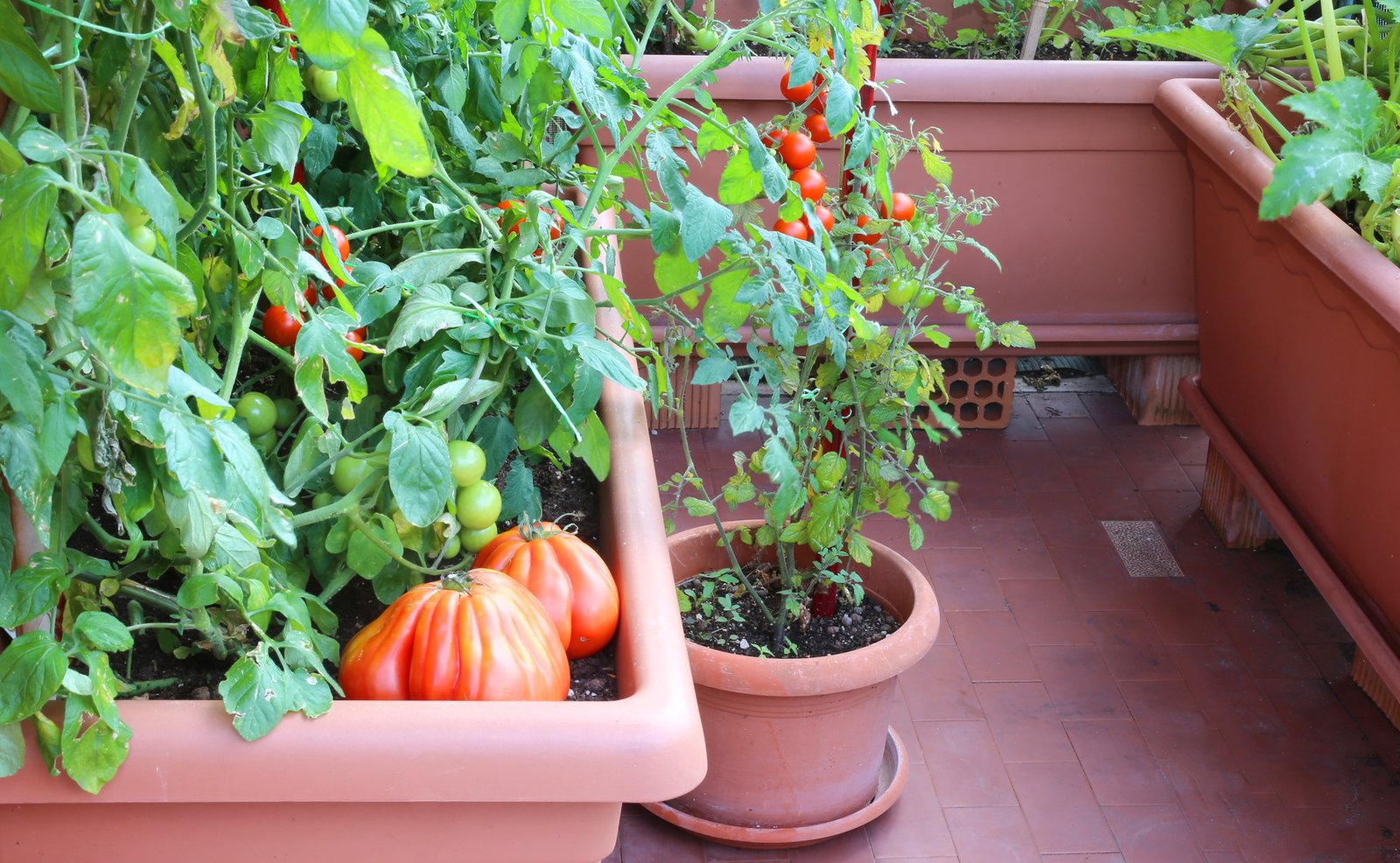
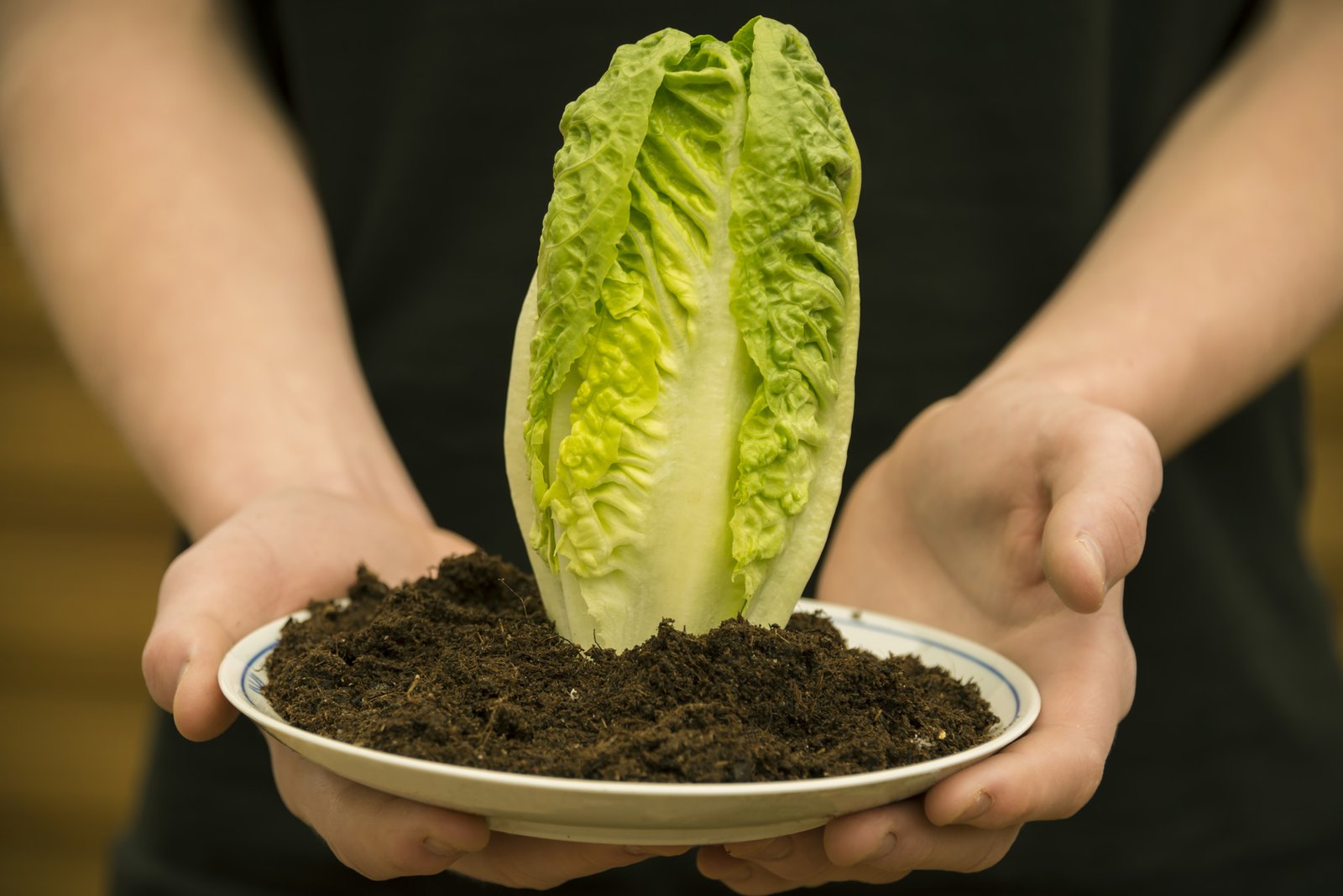
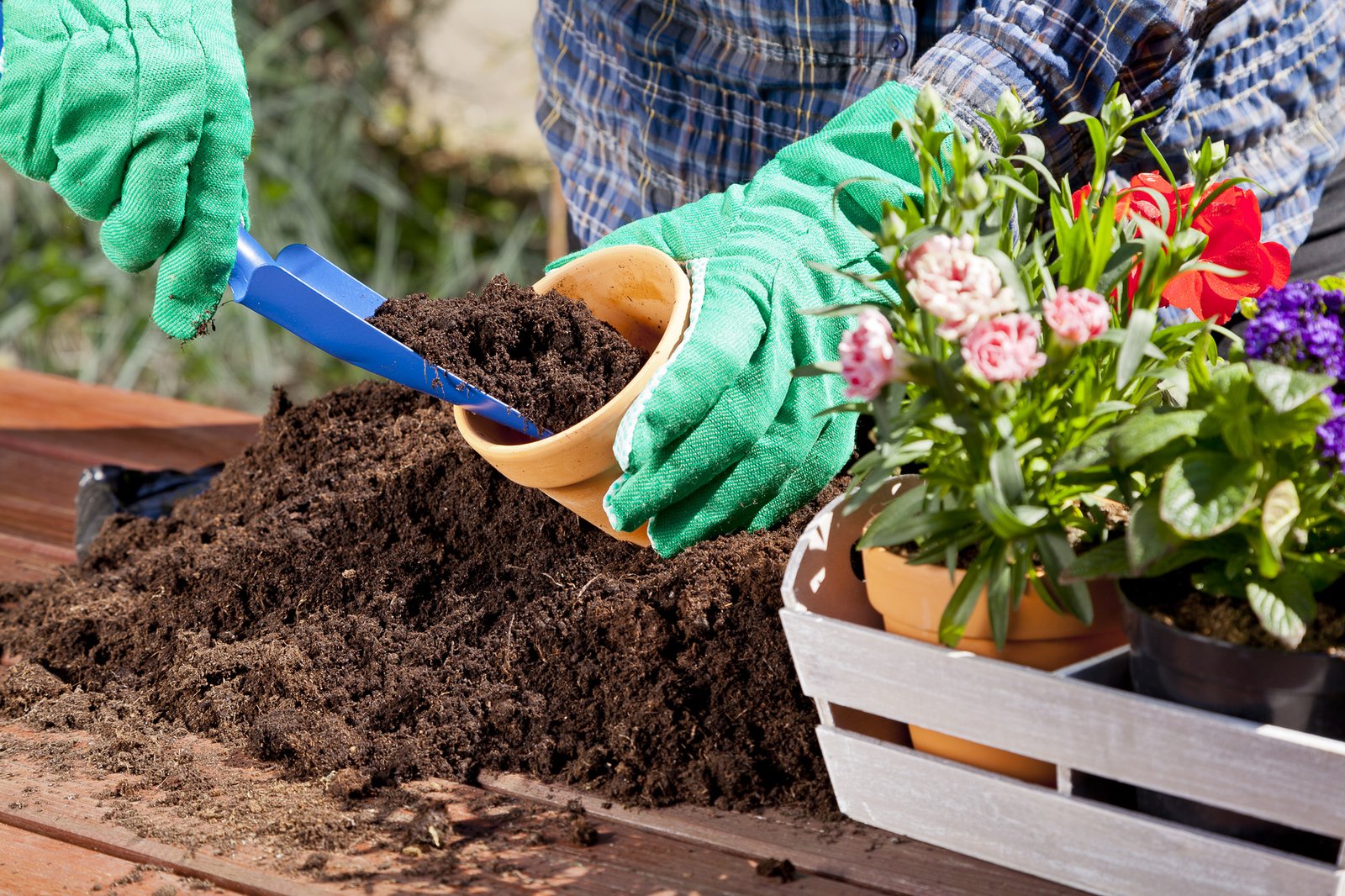
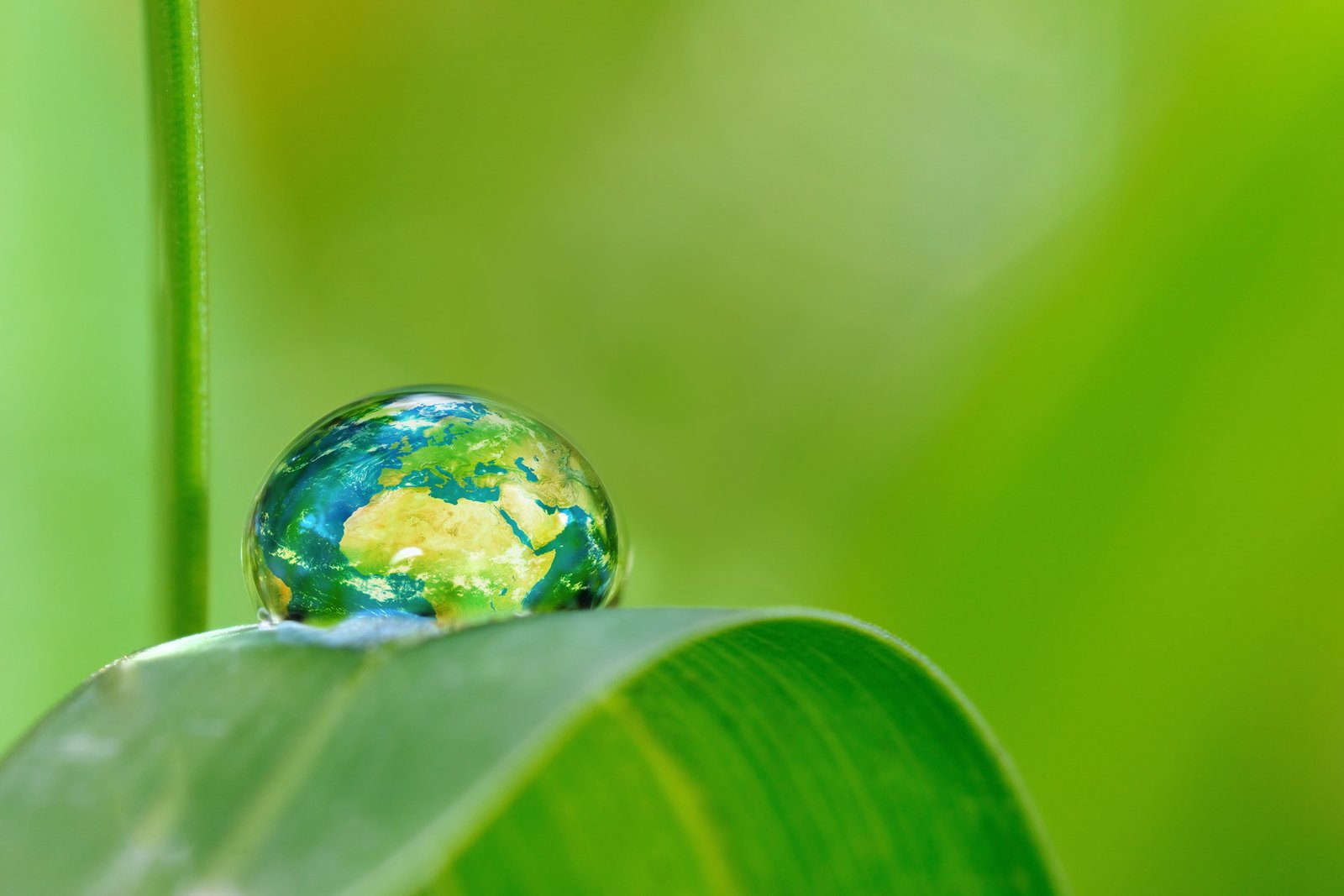
i liked reading it. perhaps i do have hesitation in understanding rainwater harvesting. this article is of help.
It will be good if you can share some video as well as a part of illustration/articulating the idea.
thanks
http://yourwellwisherprogram.wordpress.com
We are very glad you liked!
And we also hope to start making some short videos about rainwater harvesting and other themes soon.
Stay tuned!
Regards,
GIY Now team
Excellent! I just posted about this myself, though less extensively. I’m surprised this rainwater harvesting doesn’t seem to be common here in Canada. I’m from Germany, and there everyone has a barrel to collect water beneath their spout/gutters.
Hi, Nadine!
It is really surprising that few people harvest rainwater around the world!
It is so simple and free!
Please share with us here the link to your post!
Regards,
GIY Now team